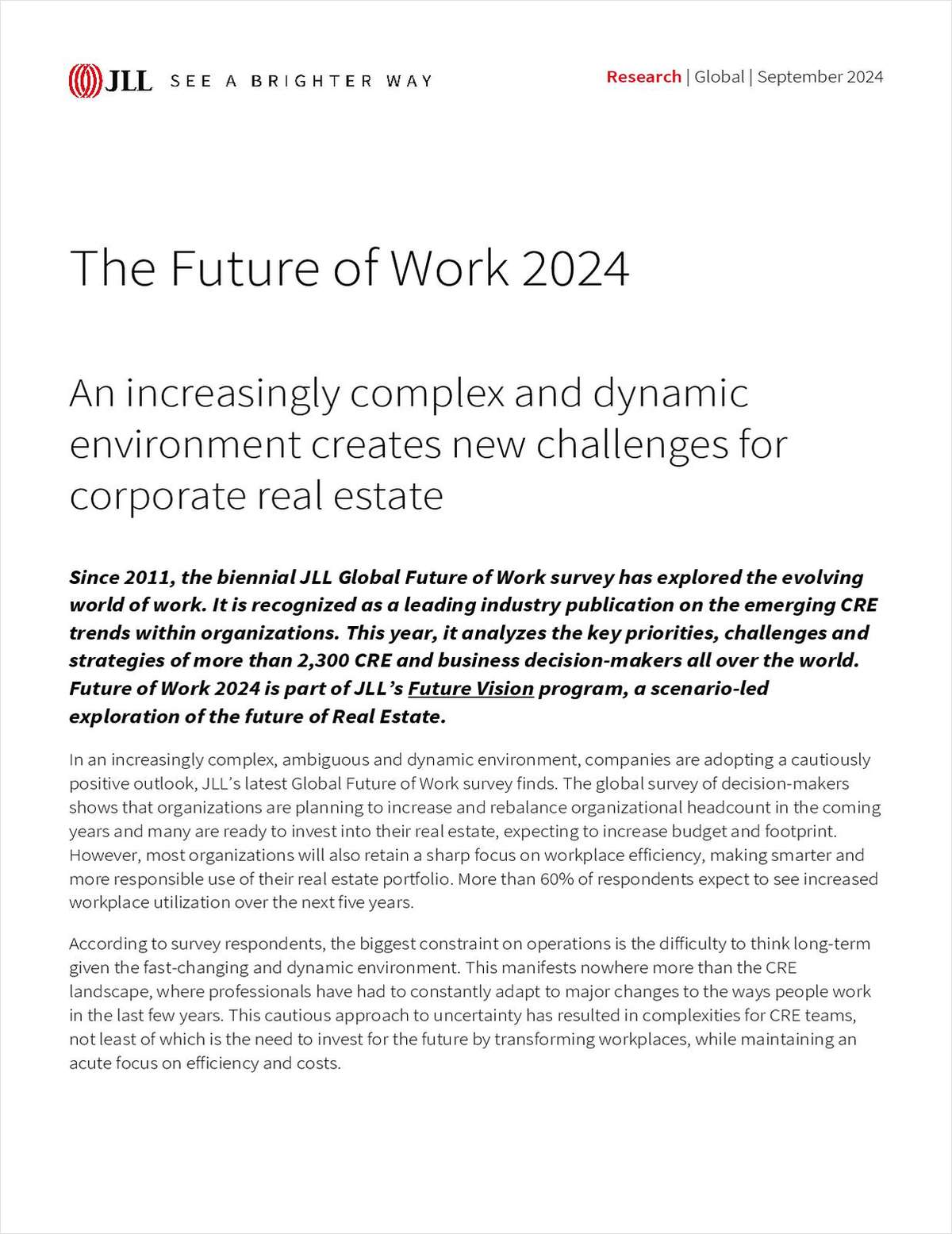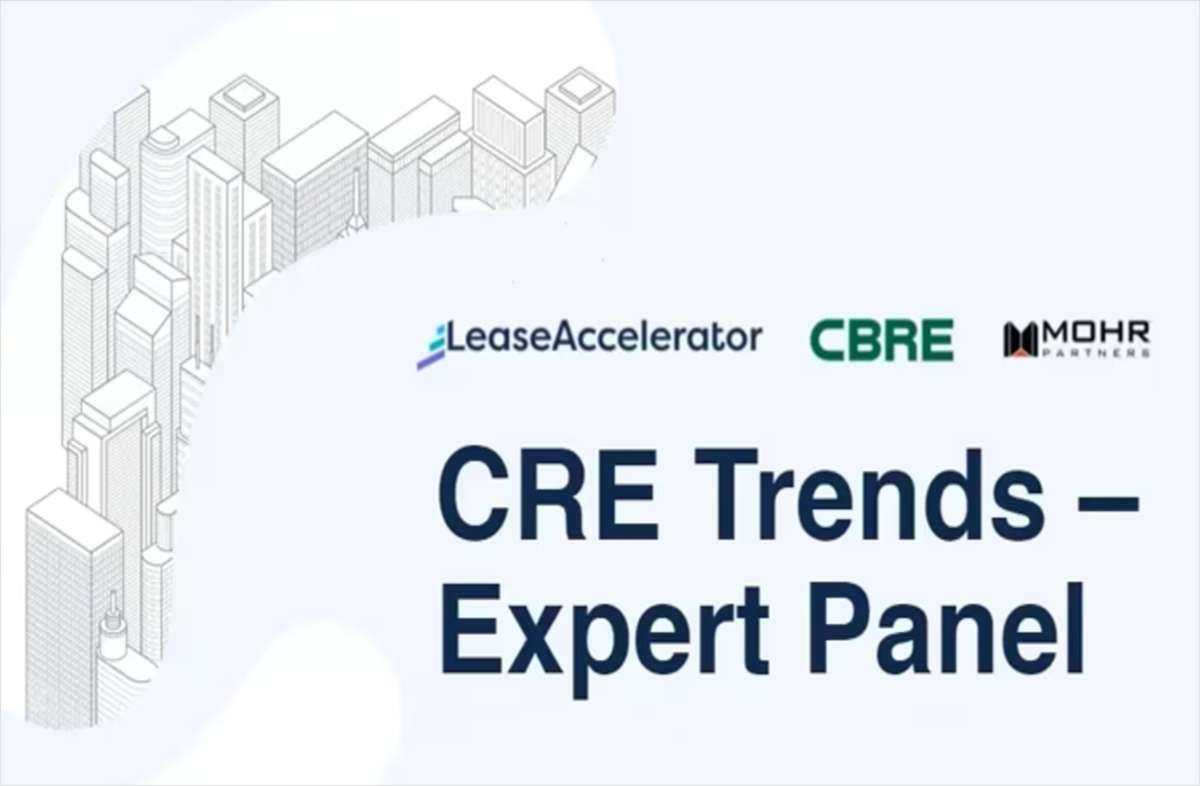"Our business and the mall business is merging, to a great degree," Wolstein said. "We're starting to look a lot more like some of the mall REITs." That has happened because the two types of developments are sharing the same kinds of tenants, with in-line mall stores taking space in lifestyle centers, as well as traditional open-air anchors, like discounters, joining malls.
One difference between the two property types, though, Wolstein said, is opportunity. One-third of the country's malls are dark, he said, and less of them are now being built. That's a major contrast to open-air centers, Wolstein said. "Our business is growing in terms of new developments by a very large volume on an annual basis," he said, stressing that some of the dark malls are opportunities for redevelopments into open-air centers. "A lot of the failed malls are not failed real estate. They're in good locations. They just don't work in terms of the format."
Two states Developers Diversified is targeting to build new centers are California and Florida because they offer a large return on investment. "The cap rates on those assets will trade lower than other parts of the country," Wolstein said.
But the open-air sector also faces challenges, he said, especially grocery-anchored portfolios due to competition supermarket chains face from discounters. "There's going to be hundreds and hundreds of more closures as the market share of grocers is transferred," Wolstein said.
Want to continue reading?
Become a Free ALM Digital Reader.
Once you are an ALM Digital Member, you’ll receive:
- Breaking commercial real estate news and analysis, on-site and via our newsletters and custom alerts
- Educational webcasts, white papers, and ebooks from industry thought leaders
- Critical coverage of the property casualty insurance and financial advisory markets on our other ALM sites, PropertyCasualty360 and ThinkAdvisor
Already have an account? Sign In Now
*May exclude premium content© 2024 ALM Global, LLC, All Rights Reserved. Request academic re-use from www.copyright.com. All other uses, submit a request to [email protected]. For more information visit Asset & Logo Licensing.








